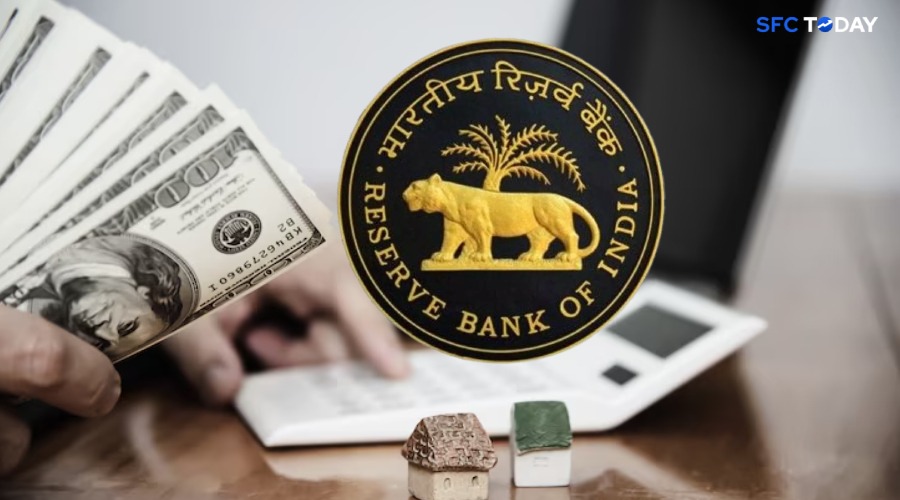With the RBI slashing the repo rate to 5.50% and easing liquidity, long-duration debt funds have rallied
The Reserve Bank of India (RBI) announced a significant move by cutting the repo rate by 50 basis points to 5.50%. Alongside, the Cash Reserve Ratio (CRR) was reduced by 1% to 3%. These changes were made to boost economic growth while inflation remains under control. This is the third rate cut by the RBI in 2025, totaling a 100 basis points reduction in repo rate this year.
This move affects many parts of the economy, but especially debt fund investors. Debt mutual funds invest in government securities, corporate bonds, and other fixed-income instruments. Their performance is closely tied to interest rate movements. Let’s understand how this rate cut impacts different types of debt funds and what investors can expect next.
Instant Benefit for Long-Term Debt Funds
Long-term debt funds like gilt funds and dynamic bond funds benefit the most from falling interest rates. Bond prices go up when interest rates go down. Since long-term debt funds hold bonds with higher durations, they see a bigger jump in value when interest rates fall.
Many long-term debt funds saw gains before the RBI’s announcement because investors had expected the rate cut. The bond market had already factored in some of the benefits. Now that the rate cut has happened, there may be limited room for further capital appreciation.
Focus Shifts to Income from Bonds
Since the RBI has also shifted its stance from “accommodative” to “neutral”, it suggests that there may not be more rate cuts in the near future. This means bond prices may not rise much further. Now, most of the returns from debt funds will come from the interest earned on the bonds (also known as accrual), rather than from changes in bond prices.
Shorter-duration debt funds, such as low-duration, ultra-short, and money market funds, will now be more attractive. They are less sensitive to interest rate changes and offer more stable income in such an environment.
Investors May Shift to Short-Term Funds
Fund managers now recommend gradually shifting from long-term debt funds to short-duration or accrual-focused funds. Since the RBI may not cut rates further soon, long-term bond prices might not rise much. Shorter-duration funds provide more stability and predictable returns.
These include funds like:
Ultra-short duration funds
Money market funds
Banking & PSU funds
Corporate bond funds with maturities of 2 to 3 years
These options help balance safety and returns in a market where rates are unlikely to fall much further.
Opportunities in Credit Risk Funds
The 1% cut in CRR releases around ₹2.5 lakh crore into the banking system. This improves overall liquidity and supports credit growth. As a result, companies may borrow more, and banks may invest more in corporate bonds. This could help reduce the interest rate gap (credit spread) between government bonds and corporate bonds.
Credit risk funds, which invest in lower-rated corporate bonds, may benefit from this environment. However, investors should be cautious and select funds with strong credit quality. A focus on returns without evaluating risks can lead to losses if any bond defaults.
Fixed Deposits Become Less Attractive
Due to the rate cuts, many banks have already reduced fixed deposit (FD) interest rates by 30 to 70 basis points this year. FD rates are likely to fall further. This makes them less attractive to people looking for safe, regular income.
As a result, investors may move some of their money from FDs to debt mutual funds. These funds can offer better post-tax returns and are more flexible in terms of liquidity.
Positive Effect on Bank Profits and Stock Market
Lower interest rates reduce the cost of borrowing for banks. At the same time, the CRR cut allows banks to use more of their money for lending or investment. This improves their profits or what is known as Net Interest Margins (NIMs). Due to this, the stock prices of banks and financial companies have also gone up after the RBI announcement.
Even though this article focuses on debt funds, it’s important to note that rate cuts can benefit the overall financial market, including equity markets.
Effect on Foreign Investors and Rupee Value
The interest rate cuts and improved liquidity can attract foreign investors. After the June 6 announcement, the Indian Rupee appreciated slightly against the US Dollar. Foreign investors may see India as an attractive destination for bonds and stocks, especially when inflation is under control.
However, since the RBI has now taken a neutral stance, foreign flows might slow down if global interest rates rise or if India’s growth data weakens.
Best Strategies for Debt Fund Investors Now
Here is a summary of recommended strategies for different investment goals:
| Goal | Suggested Fund Type | Reason |
| Lock in capital gains | Move some money from long-term to short-term funds | Long-term bond prices may not rise further |
| Stable income | Banking & PSU or Corporate Bond Funds (2–3 years) | Good credit quality and better yields than liquid funds |
| Short-term cash parking | Money market or liquid funds | Better than falling FD rates, with good liquidity |
| Higher returns (with risk) | Credit risk funds | Improved liquidity may support better performance |
Key Risks to Watch
Pause in rate cuts: If there are no more rate cuts, long-duration funds may underperform.
Credit risk: Some corporate bonds may still default. It’s important to select funds with quality holdings.
Rupee and global trends: Global interest rates or oil prices can affect the Indian bond market.
Market sentiment: Positive news in equity markets can sometimes reduce focus on debt funds.
Final Thoughts
The RBI’s aggressive rate cuts in 2025, along with a CRR reduction, are aimed at pushing growth in a low-inflation environment. For debt fund investors, this has opened up opportunities but also signals a shift in strategy.
Capital gains from bond funds have mostly been realized. Going forward, the focus should be on earning regular income (accrual) from well-managed debt portfolios. Investors should consider moving to shorter-duration and high-quality funds to protect their money while aiming for steady returns.
Staying informed and reviewing portfolios regularly is important. The market environment is changing, and smart asset allocation will help investors make the most of their investments in this rate cycle.


